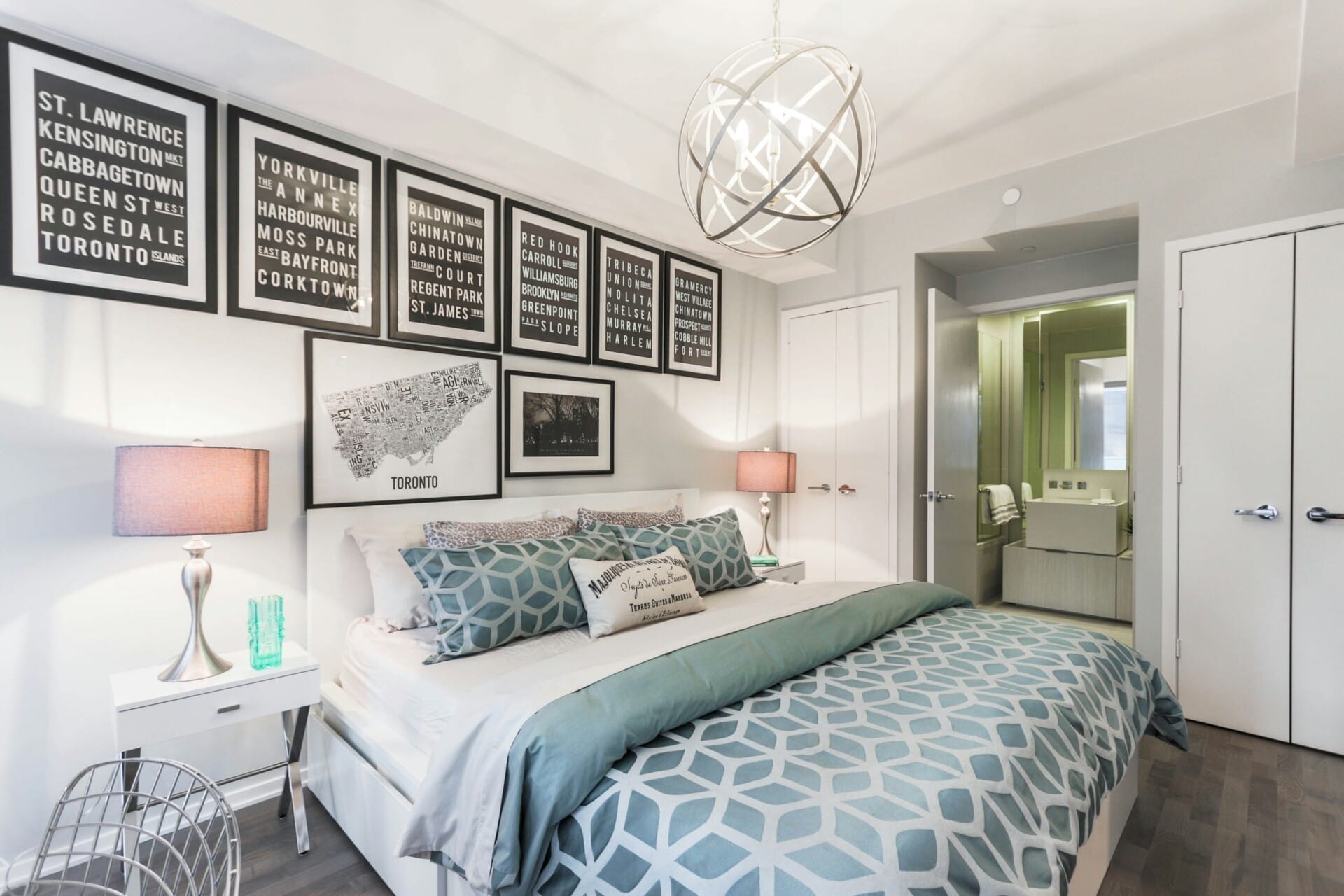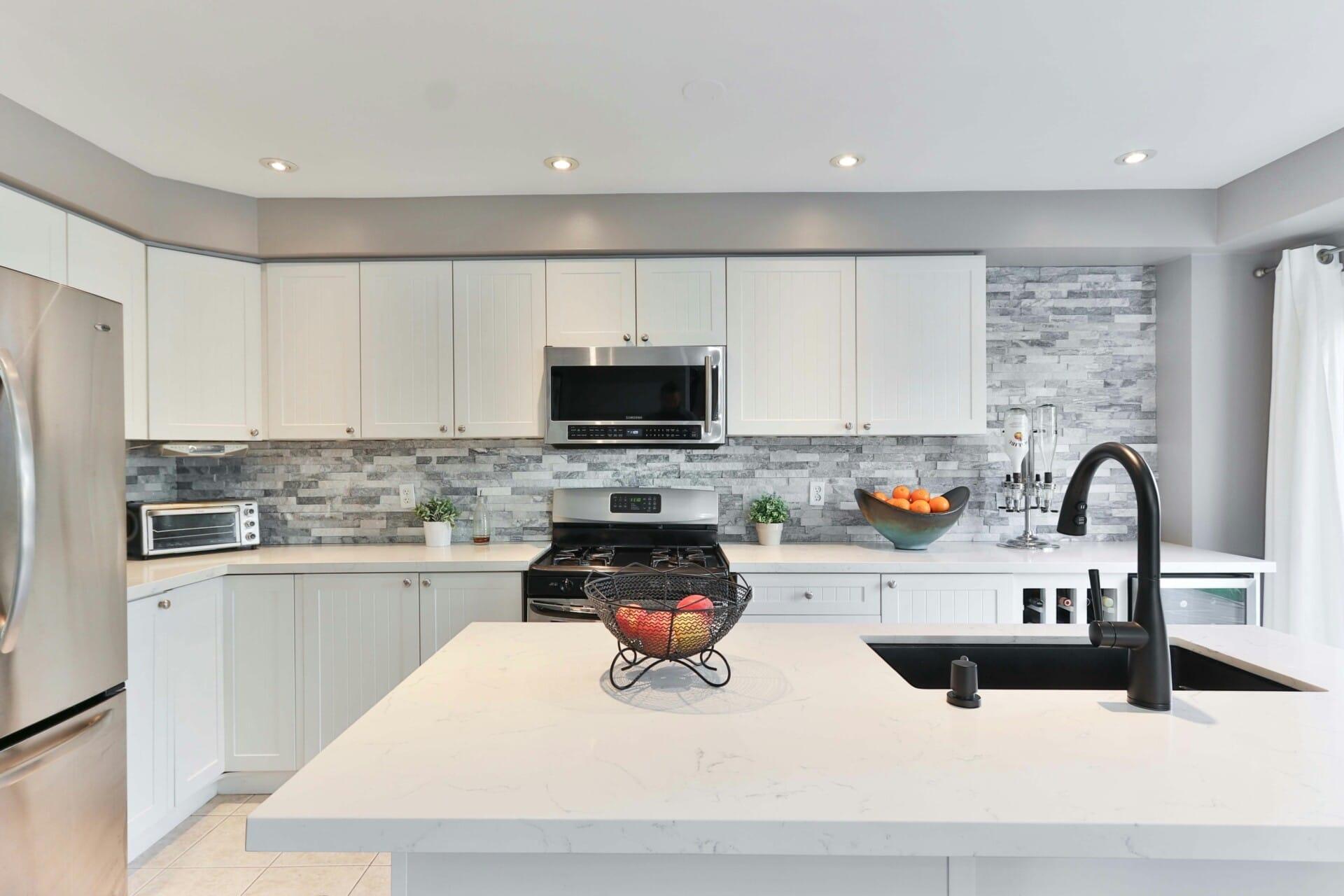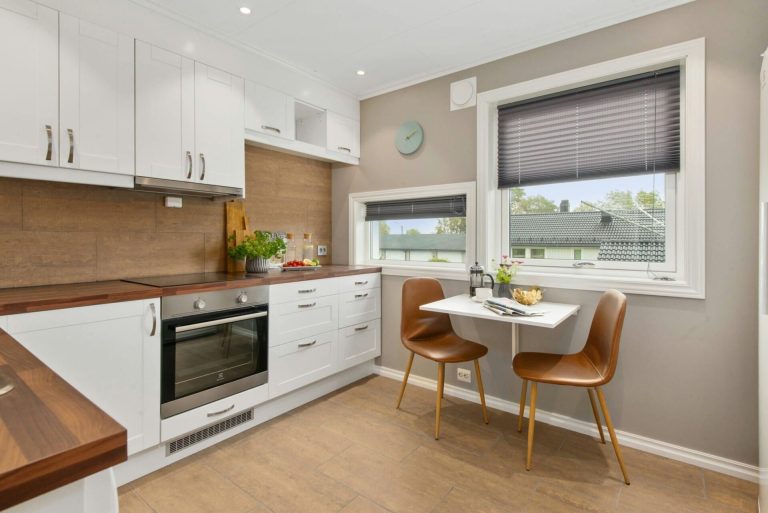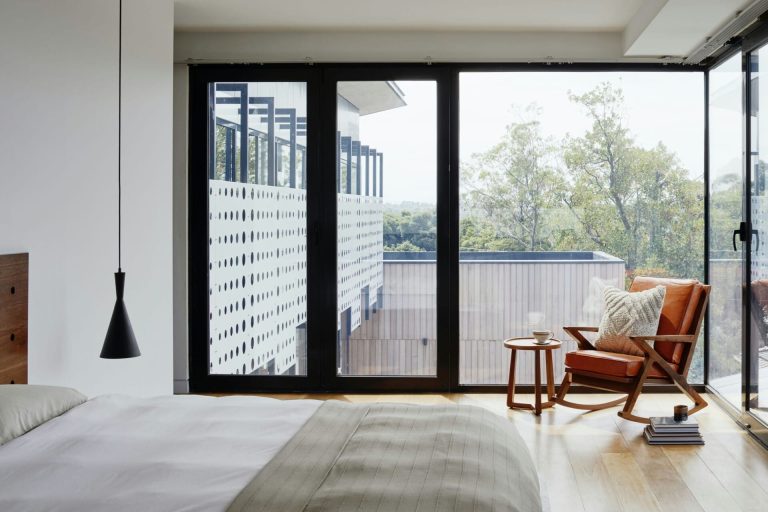So, you’re diving into the exciting adventure of buying a new home, huh? It’s a thrilling journey filled with endless possibilities—decorating, hosting parties, and just making it your own. But have you thought about how to make your new pad energy-efficient and eco-friendly? In today’s world, being conscious about our environmental impact is not just a trend; it’s a responsibility we can all embrace. Whether you’re all about saving the planet or just looking to lower those electricity bills, there are plenty of simple ways to make your new home a greener place. In this article, we’ll chat about some easy tips and tricks to ensure that your new digs are not only comfortable but also kinder to the planet. Ready? Let’s get started!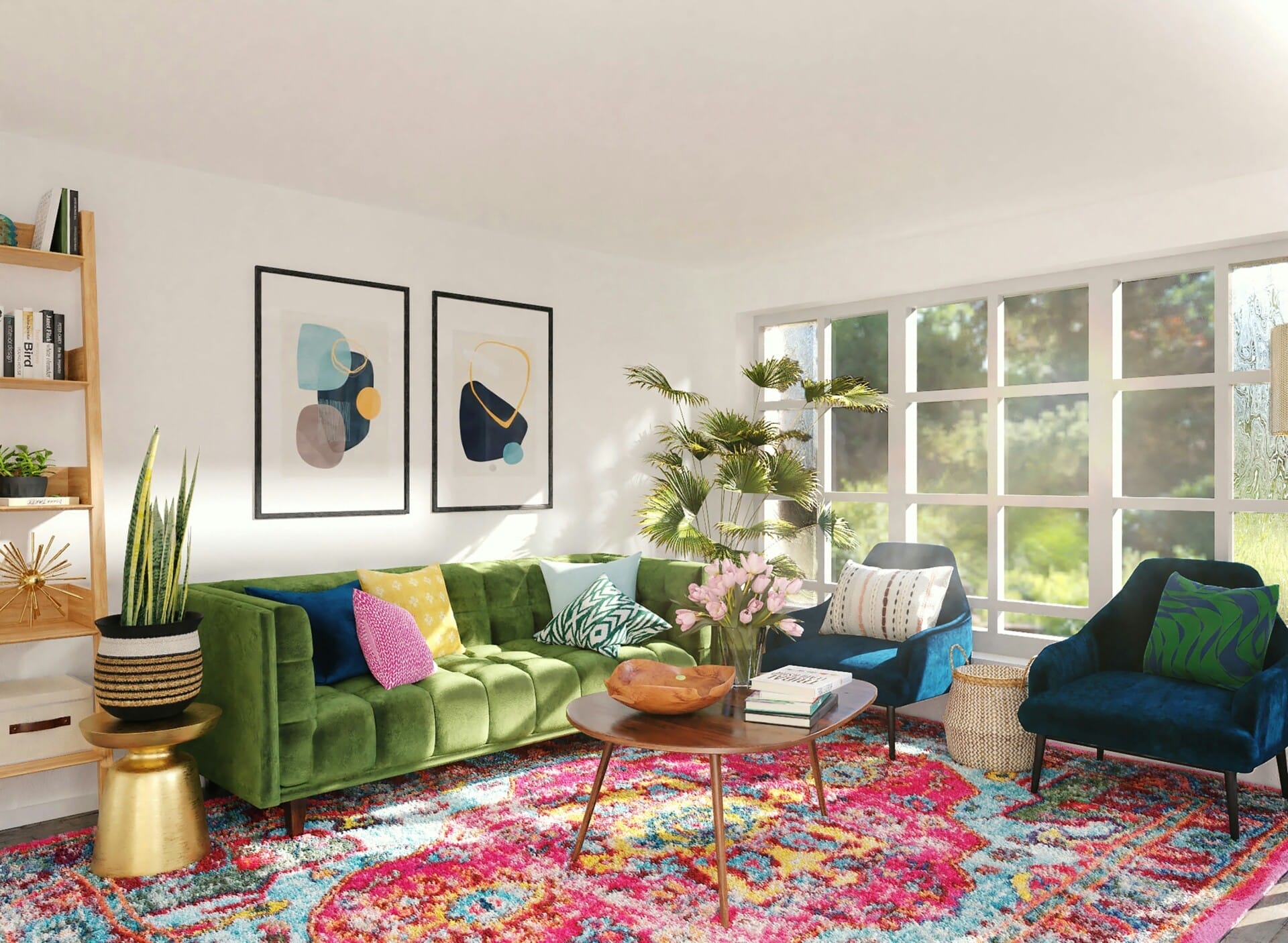
Understanding Energy Efficiency and Eco-Friendliness in Your Home
When considering how to create an environmentally-friendly home, the emphasis should be on energy efficiency as this not only reduces your carbon footprint but also saves you money in the long run. One of the simplest ways to start is by incorporating energy-efficient appliances. These devices are designed to use less electricity or water without sacrificing performance. Look for the Energy Star label on appliances like refrigerators, washing machines, and dishwashers to ensure high efficiency.
Another key area to focus on is insulation and windows. Proper insulation keeps your home cooler in the hot Malaysian climate and warmer during the rainy season, minimizing the need for heating and cooling systems. Consider installing double-glazed windows which can significantly lower energy consumption by reducing heat transfer. Additionally, using sustainable materials for insulation, such as recycled cellulose or mineral wool, can boost your home’s eco-friendliness.
think about your home’s energy sources. Incorporating renewable energy systems like solar panels can drastically reduce dependence on fossil fuels. Not only do they provide clean energy, but they can also lead to substantial savings on your energy bills. Moreover, make use of smart home technology that can monitor and manage energy consumption efficiently, like smart thermostats and LED lighting systems. These small changes can create a bigger impact on both your wallet and the planet!

Conducting an Energy Audit Before You Move In
Before settling into your new digs, taking a moment to look under the hood—energy-wise, that is—can save you a bundle on future utility bills. An energy audit is like a full-body checkup for your home, helping you identify any efficiency gaps. Start by hiring a professional or, if you’re feeling adventurous, DIY it. Grab a checklist to cover the usual suspects:
- Insulation: Check walls, attics, and basements for proper insulation. A well-insulated home keeps temperatures stable, reducing heating and cooling costs.
- Windows and Doors: Look for drafts around windows and doors. A quick seal can make a big difference in your energy spend.
- Heating and Cooling Systems: Assess the efficiency of your HVAC systems. Consider upgrading to energy-efficient models if they seem outdated.
Don’t forget the little details, too! Things like appliances and lighting can have a surprising impact on energy consumption. Make sure to check:
| Appliance | Energy Efficiency Rating |
|---|---|
| Refrigerator | A+ |
| Washing Machine | A++ |
| LED Light Bulbs | Energy Star |
remember to check for renewable energy options in your area, like solar panel installation. Adding such eco-friendly features not only benefits the environment but can also enhance the long-term value of your property. Being proactive now sets you up for greater savings and a reduced carbon footprint down the line!

Choosing Sustainable Materials for Construction and Renovation
When it comes to building or renovating your home, selecting materials that are sustainable isn’t just a good idea—it’s a necessity for a healthier planet. Start by looking into locally-sourced materials, which not only reduce transportation emissions but also support local economies. Consider options like bamboo, which grows rapidly and is incredibly durable, or reclaimed wood that adds character while minimizing waste.
Next up, you should explore materials that promote energy efficiency. Insulation is key here; think about eco-friendly choices like sheep’s wool or recycled denim. These options not only keep your home cozy but also cut down on heating and cooling costs, which is great news for your wallet. Furthermore, incorporating low-VOC paints and finishes can improve indoor air quality, making your living space healthier for everyone.
| Material | Benefits |
|---|---|
| Bamboo | Fast-growing; highly renewable |
| Reclaimed Wood | Reduces waste; unique aesthetics |
| Sheep’s Wool Insulation | Natural; excellent thermal properties |
| Low-VOC Paint | Safer indoors; less air pollution |
Lastly, don’t forget about durability and lifecycle. Selecting materials that are robust and designed to last will reduce the need for future renovations, conserving resources in the long run. You might also want to look into recycling options for things like glass and metal, which can be repurposed into stunning finishes. Embracing sustainable materials not only enhances your living environment but contributes to a greener future.
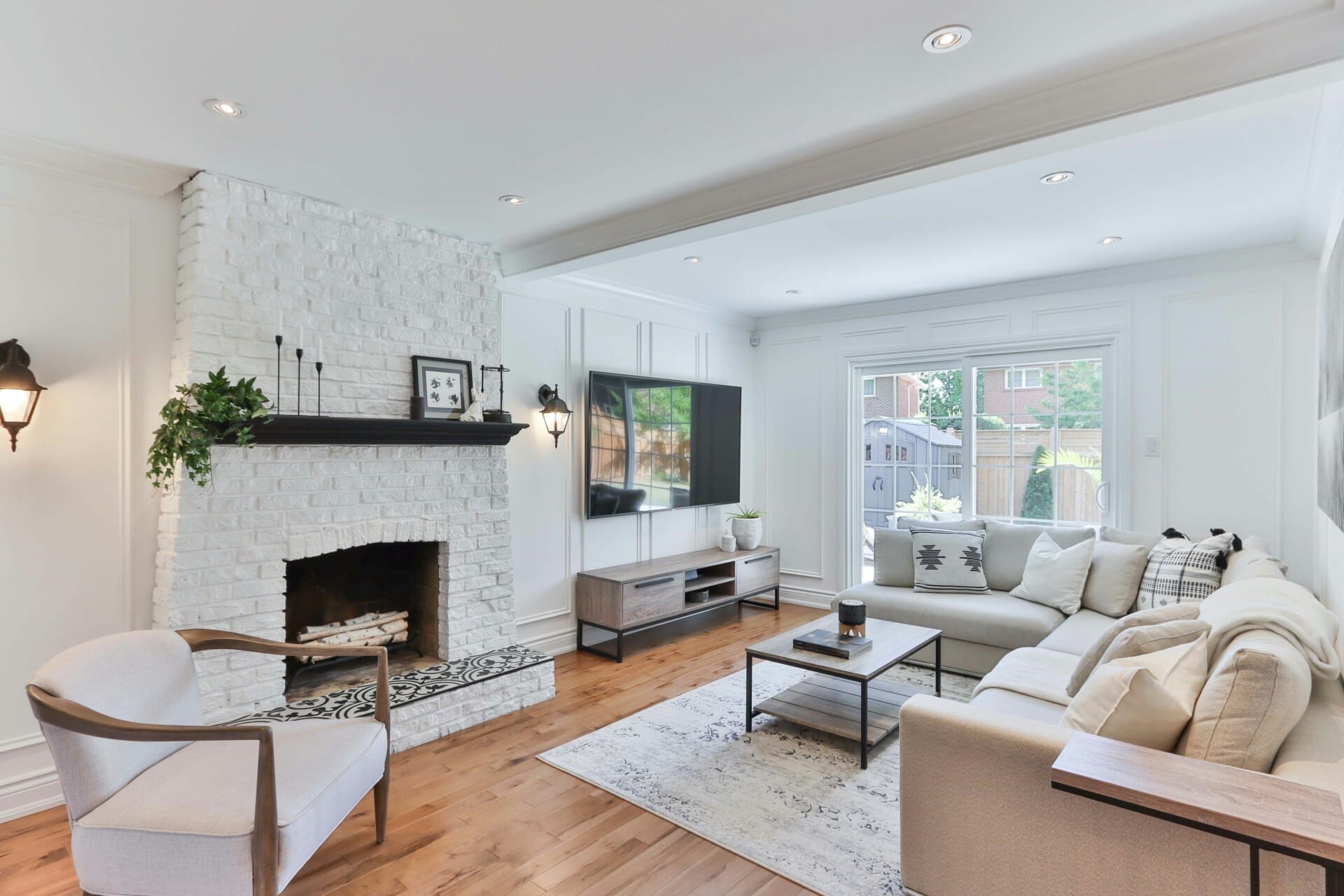
Maximizing Natural Light and Ventilation in Your Living Space
One of the easiest ways to enhance your home’s energy efficiency is by incorporating large windows and strategically placed openings. Consider utilizing floor-to-ceiling windows, which not only offer stunning views but also maximize natural light. This helps reduce the need for artificial lighting during the day. Choose high-performance glass that minimizes heat transfer, ensuring that your home remains cool during the hot Malaysian days. Additionally, you can add skylights or clerestory windows for even more natural illumination while maintaining privacy in bedrooms.
Another important factor is cross-ventilation. Align windows and vents across from each other to promote a natural flow of air throughout your living space. By inviting breezes in from both sides, you can keep your home comfortable without relying on air conditioning too frequently. Incorporating adjustable louvers can further modify airflow as needed, letting you regulate the temperature and freshen up your interiors effortlessly. Don’t underestimate the power of ceiling fans, which can keep the air circulating and add a touch of style!
don’t forget about indoor plants. Not only do they look beautiful, but they also help purify the air, making it feel fresher and healthier. Choose plants that thrive in low light if your home’s lighting is limited, or go for larger leafy types to bring a vibrant feel to bright spaces. Here’s a simple table to help you pick the right indoor plants based on light exposure:
| Plant Name | Light Requirement |
|---|---|
| Snake Plant | Low to Bright Indirect Light |
| Pothos | Low to Bright Indirect Light |
| Peace Lily | Low to Medium Indirect Light |
| Fiddle Leaf Fig | Bright Indirect Light |
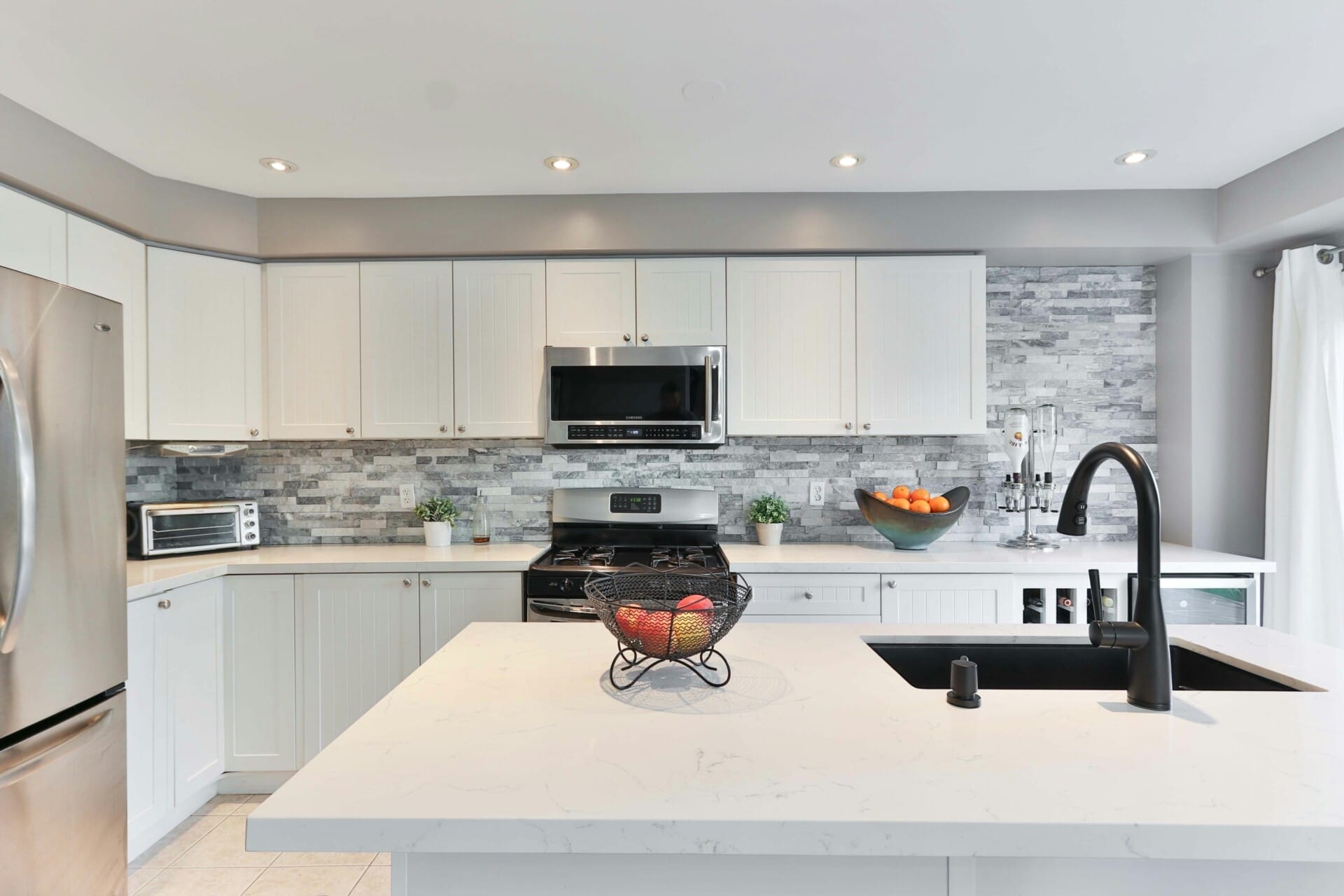
Investing in Energy-Efficient Appliances and Technologies
When setting up your new home, it’s crucial to think about the long-term benefits of . These innovations not only help in reducing your energy bills but also play an essential role in conserving the environment. Consider starting with Energy Star certified appliances, which can significantly lower energy consumption while still delivering high performance. Products like washing machines, refrigerators, and air conditioners designed with efficiency in mind can make a noticeable difference in your carbon footprint.
In addition to household appliances, think about integrating smart home technologies. Smart thermostats, for example, allow you to monitor and manage your energy usage conveniently. They adapt to your lifestyle, helping you save energy without sacrificing comfort. You might also want to explore LED lighting solutions, which use much less electricity compared to traditional bulbs and last longer too. By swapping out old fixtures for energy-efficient options, you’ll not only brighten your space but also help the planet.
| Appliance/Technology | Energy Savings | Additional Benefits |
|---|---|---|
| Energy Star Refrigerator | Up to 15% less energy | Quieter operation |
| Smart Thermostat | Up to 10-15% savings | Remote control |
| LED Bulbs | 70-80% less energy | Longer lifespan |
Don’t forget about water-saving technologies as well; low-flow faucets and showerheads can greatly reduce your water usage while maintaining great performance. Investing in these solutions is not just about immediate savings; it’s also an investment in a sustainable future for you and the community. By opting for energy-efficient appliances and technologies, you’re paving the way for a lifestyle that’s beneficial for both your wallet and the environment.
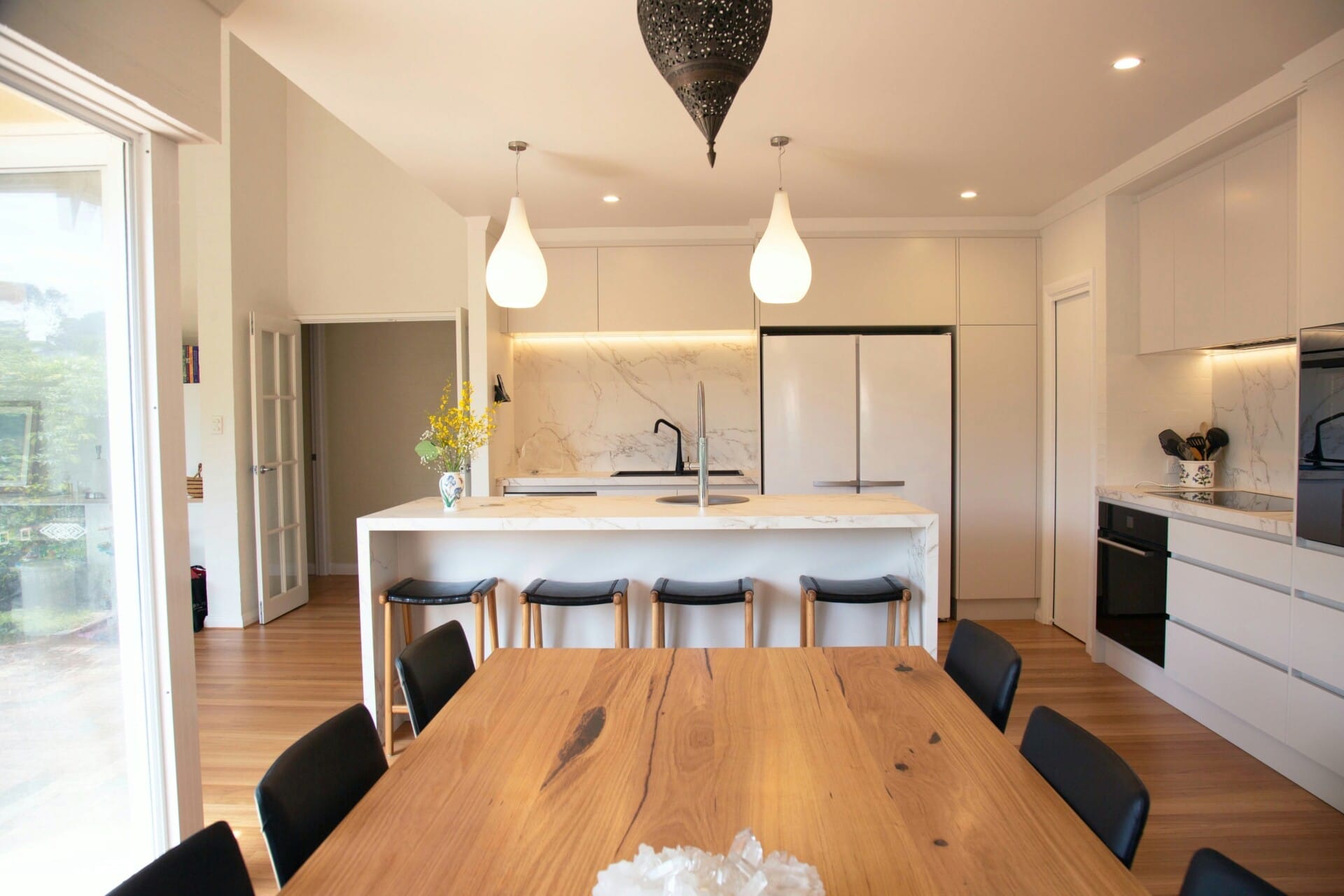
Creating a Smart Home for Enhanced Energy Management
Turning your house into a smart home can make a huge difference in managing energy usage. By integrating smart technology, you can easily control various aspects of your home, enhancing energy efficiency while enjoying modern conveniences. Imagine having devices that automatically adjust to your daily routine, ensuring that you only use energy when it’s truly needed.
Here are some key components to consider for an energy-smart home:
- Smart Thermostats: These gadgets learn your heating and cooling preferences and adjust accordingly, saving energy when you’re away.
- Smart Lighting: Use motion sensors and timers to turn lights on and off as needed, ensuring you never waste electricity.
- Energy Monitoring Systems: These tools track your energy consumption and can send alerts when you’re exceeding normal usage.
- Smart Appliances: Look for energy-efficient models that can be remotely controlled or scheduled to run during off-peak hours.
By strategically implementing these technologies, you can create a more sustainable lifestyle. Consider the following advantages:
| Benefit | Description |
|---|---|
| Cost Savings | Reducing unnecessary energy consumption can lead to lower utility bills. |
| Environmental Impact | Using less energy means a smaller carbon footprint, contributing to a healthier planet. |
| Convenience | Smart technologies simplify home management, making your life easier. |
| Flexibility | Control your energy use from anywhere via smartphones or smartwatches. |
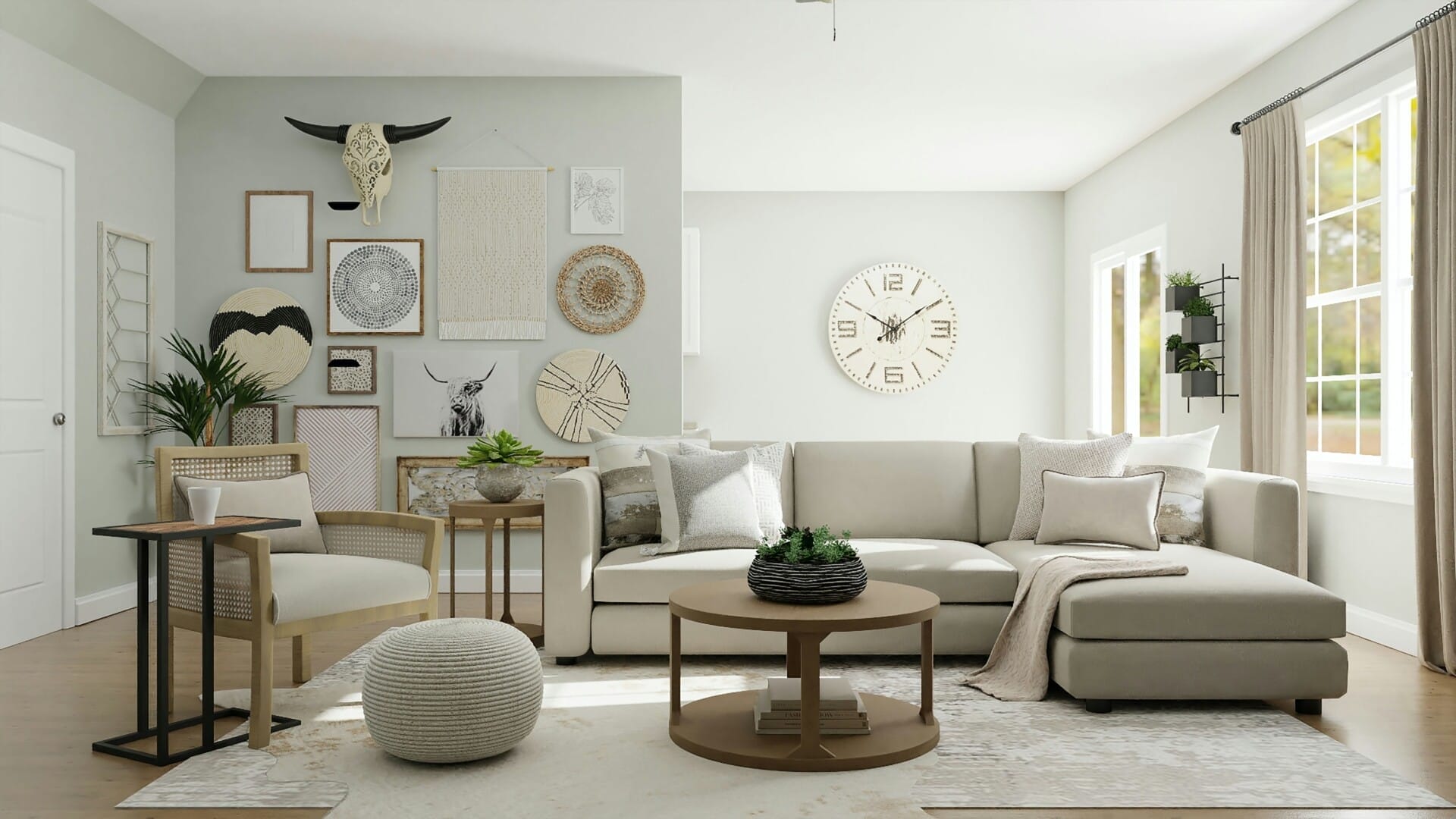
Landscaping with Native Plants for Reduced Environmental Impact
Integrating native plants into your landscaping design isn’t just a whimsical choice; it’s a smart strategy for creating an eco-friendly environment. Native plants are adapted to the local climate and soil conditions, meaning they require less water, fertilizer, and maintenance compared to non-native species. By choosing these plants, you can effectively reduce your carbon footprint and minimize the use of harmful chemicals that could leach into the ecosystem.
When planting with native flora, you’ll want to consider a mix of various plant types to create a biodiverse habitat. This not only enhances the aesthetic appeal of your garden but also supports local wildlife, including pollinators like bees and butterflies, that are crucial for maintaining the health of our ecosystems. Here are a few benefits of using native plants:
- Water conservation: They thrive in local rainfall, reducing the need for irrigation.
- Soil health: Their root systems improve soil structure and prevent erosion.
- Cultural significance: Many native plants have historical ties to the region, enriching your landscape’s story.
To get started, it’s beneficial to create a planting plan that includes a variety of native species appropriate for your local area. Consider using a table to visualize a simple planting plan:
| Plant Name | Height | Sun Requirement | Ideal Use |
|---|---|---|---|
| Malaysian Ginger | 1-3 feet | Partial Shade | Ground Cover |
| Tamarind Tree | 30-80 feet | Full Sun | Canopy & Shade |
| Hibiscus | 3-10 feet | Full Sun | Accent Plant |
By adopting these principles into your garden, not only will you create an eye-catching landscape, but you’ll also play a part in helping to protect local ecosystems. This approach can ultimately lead to a more sustainable way of living in your new home.
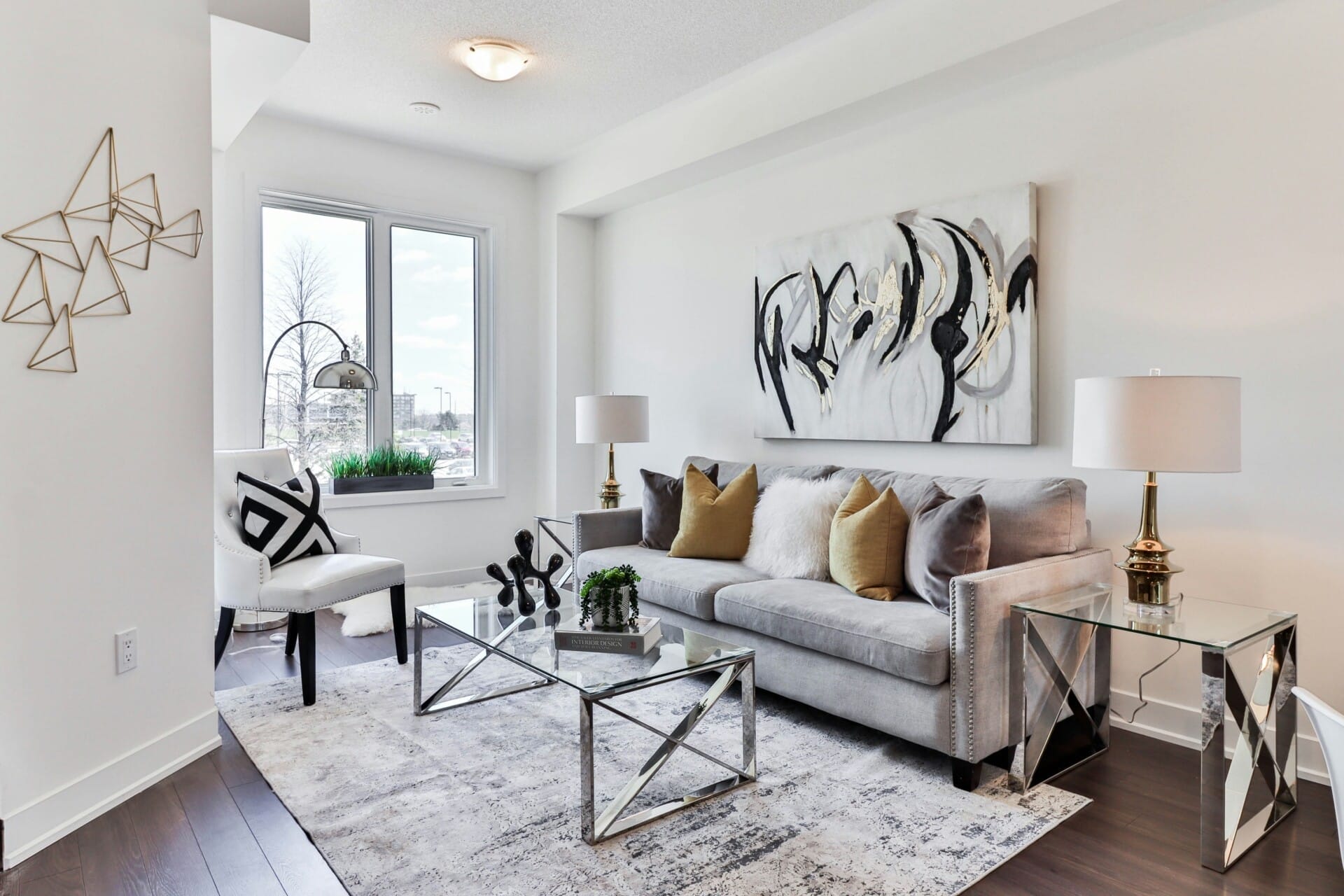
Establishing a Routine for Continuous Energy Monitoring and Improvement
Creating a space that maximizes energy efficiency doesn’t stop after the initial setup; it’s an ongoing process that requires regular assessment and adjustment. Start by integrating smart technology into your everyday life. Smart thermostats, energy monitors, and connected appliances can offer real-time insights into your energy consumption patterns. By analyzing this data regularly, you can pinpoint energy-hogging devices and adjust your habits accordingly. Imagine getting alerts on your phone when you’re using more power than usual—this immediate feedback can motivate you to change your usage behaviors.
Establish a monthly routine to review your energy usage, comparing it against previous months. You could create a simple table to track the most significant changes and identify trends in your consumption. Here’s a quick example:
| Month | Electricity Usage (kWh) | Water Usage (litres) | Notes |
|---|---|---|---|
| January | 300 | 1200 | Used heating mostly |
| February | 250 | 1000 | Less heating, more natural light |
| March | 200 | 1100 | Adjusted thermostat settings |
Engaging the whole household in this energy monitoring process can amplify its effectiveness. Host monthly ‘green meetings’ where everyone shares tips and discusses ideas for improving energy efficiency. Encourage everyone to contribute with innovative strategies, whether it’s adopting more energy-efficient appliances or simple lifestyle changes like turning off lights when not in use. This collective effort not only nurtures an eco-friendly culture at home but also reinforces everyone’s commitment to creating a sustainable living environment.
Future Outlook
In wrapping up, creating an energy-efficient and eco-friendly home is more than just a trendy choice; it’s a step towards a sustainable future for us and the generations to come. By mixing smart design, choosing the right materials, and embracing modern technology, you can make your new home a sanctuary that not only looks great but also cares for the planet.
Maybe start small—like swapping out those old bulbs for LED ones or checking your windows for drafts. Every little bit counts! And who knows? You might even inspire your friends and neighbors to hop on the green bandwagon, leading to a whole community vibe of sustainability.
So as you settle into your new space, remember: it’s not just about making it livable; it’s about making it livable in a way that respects Mother Earth. Here’s to creating a cozy, eco-conscious home that you can feel proud of—one energy-saving step at a time! Happy dwelling! 🌿🏡